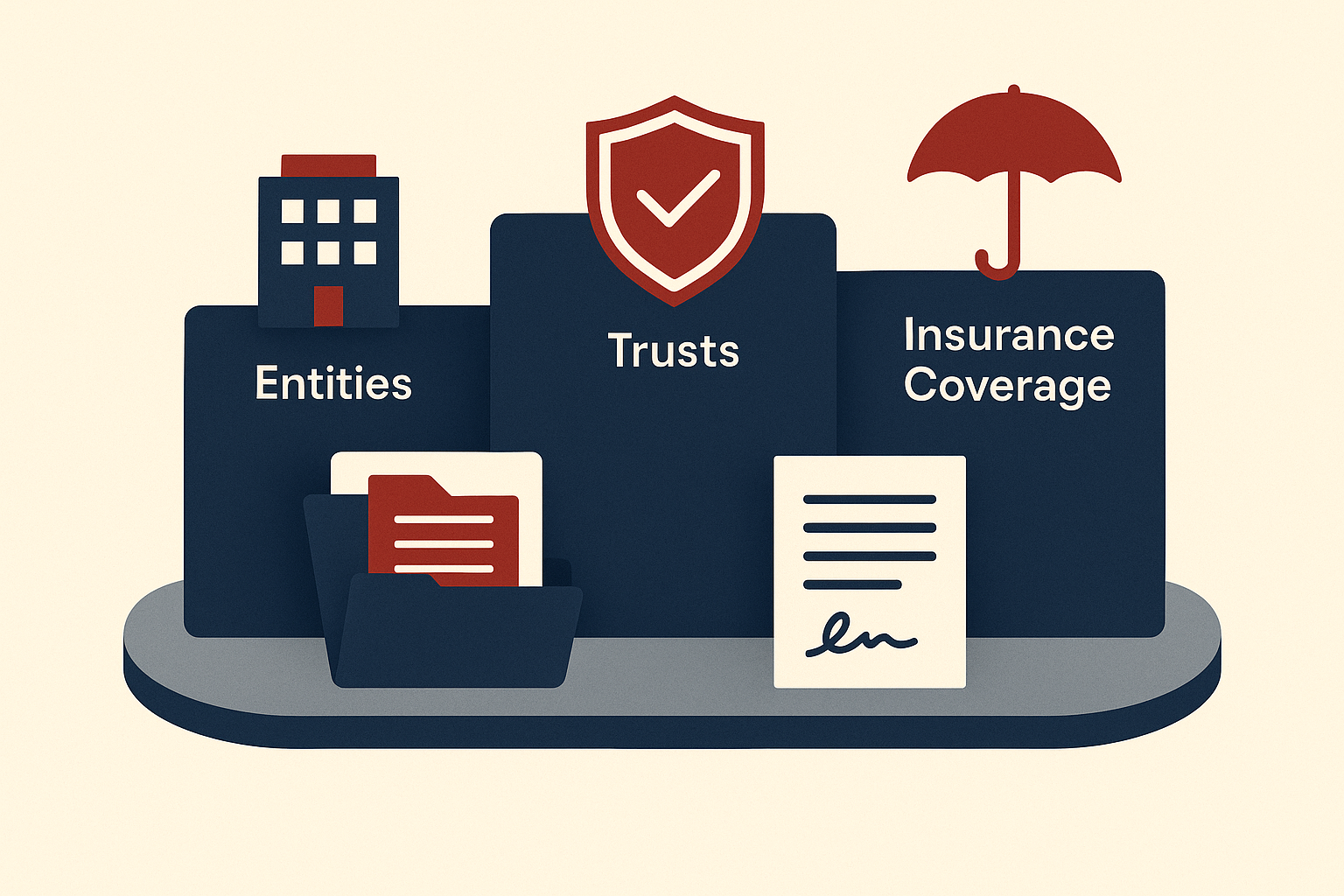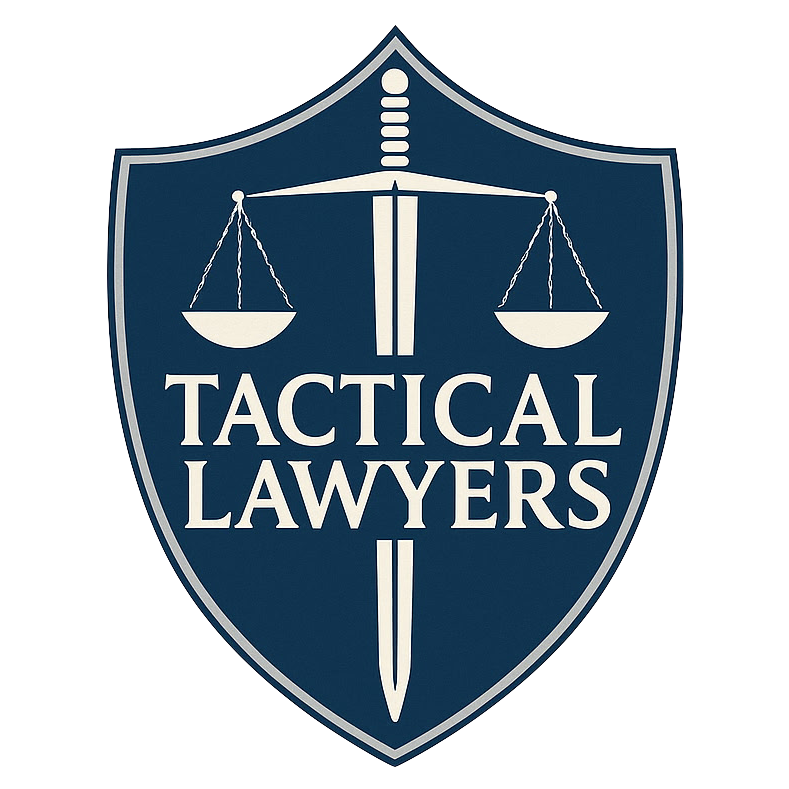Asset-Protection Strategies—lawful, proactive, and tailored to your real risks
Smart protection starts before trouble appears. We review your exposure, design compliant structures, and coordinate insurance, entities, trusts, and exemptions so your family and business are positioned to withstand foreseeable claims and economic shocks—without gimmicks or unnecessary complexity.
- Right-size your plan: match tools to your asset mix, risk profile, and state rules.
- Segregate risks between operating and holding entities; maintain formalities that hold up.
- Align insurance coverages and limits with contracts and operations for fewer gaps.
- Use trusts and statutory exemptions where available; avoid fraudulent transfer pitfalls.
- Integrate real estate, business, tax, and estate planning so everything works together.

Tools and techniques we use—assembled to fit your goals
We combine time-tested structures with disciplined maintenance. Your plan focuses on compliance, transparency, and real-world execution—so it’s defensible if ever challenged.
Entity structuring
LLCs and corporations to separate operating risks from valuable assets; clear owner and manager roles; annual formalities that support the liability shield.
Segregated holding companies
Keep equipment, IP, and real estate in separate entities; lease or license back on arm’s-length terms to reduce spillover liability.
Insurance coordination
Umbrella, E&O, D&O, cyber, med-pay, and property coverage mapped to contracts and operations; identify exclusions and add endorsements where sensible.
Trusts (jurisdiction-dependent)
Revocable trusts for probate efficiency; irrevocable or asset-protection trusts in select jurisdictions when appropriate and lawful.
Statutory exemptions
Homestead, retirement plans, and other state-law exemptions cataloged and prioritized to protect core assets.
Contract provisions
Indemnities, limitation of liability, choice of law, and forum selection to manage dispute exposure and venue risk.
Compliance and recordkeeping
Operating agreements, resolutions, registers, and minutes to demonstrate separateness and reduce veil-piercing risk.
Cyber and data policies
Security procedures, vendor controls, and incident playbooks to reduce digital liabilities and preserve insurance coverage.

Our process—audit, design, implement, maintain
- Audit: Identify assets, liabilities, contracts, insurance, ownership, and jurisdictions. Pinpoint gaps and priorities.
- Strategy: Select entities, trusts, exemptions, and policy changes that are lawful and proportional to your risk.
- Implementation: Form and document entities, execute contracts, retitle assets, adjust beneficiaries, and coordinate insurance updates.
- Documentation: Operating agreements, board/manager resolutions, minutes, and funding checklists to support separateness.
- Maintenance: Calendar filings, renewals, and annual reviews; adapt to life events and regulatory changes.
- Monitoring: Periodic coverage and contract refresh; confirm vendors and counterparties align with your protections.
Timing depends on complexity and state requirements. Many foundations are put in place within weeks, with ongoing milestones scheduled after launch. For an overview of how matters move at our firm, visit Our Process .
Want a neutral primer on fraudulent transfers and timing? See the Legal Information Institute’s overview at law.cornell.edu .
Coordination that prevents conflicts and coverage gaps
Asset protection is strongest when every piece is aligned. Our cross-practice experience means we connect dots across business, real estate, insurance, tax, and estate planning—so your protections don’t fail at the seams.
- Business alignment: entity structure and contracts that reflect how you actually operate.
- Real estate: deeds, title, and leases that match operating and holding company roles.
- Insurance: limits, riders, and endorsements that map to your contracts and exposures.
- Tax-aware planning: lawful efficiency without undermining legal protections.

Asset-Protection FAQs
Clear answers to common questions about timing, tools, and ethical planning.
Ready to put durable protections in place?
Tell us your objectives. We’ll confirm conflicts, map your risks, and deliver an actionable plan with timelines for implementation and maintenance.
Page last updated: September 12, 2025
